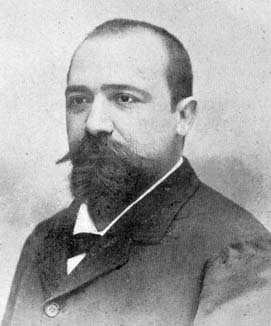
Ernesto Cesàro was an Italian mathematician who worked in the field of differential geometry. He wrote a book, Lezioni di geometria intrinseca, on this topic, in which he also describes fractal, space-filling curves, partly covered by the larger class of de Rham curves, but are still known today in his honor as Cesàro curves. He is known also for his 'averaging' method for the 'Cesàro-summation' of divergent series, known as the Cesàro mean.
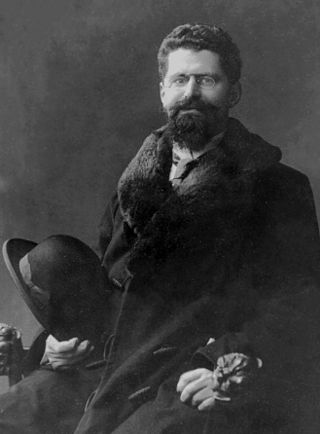
Francesco Severi was an Italian mathematician. He was the chair of the committee on Fields Medal on 1936, at the first delivery.
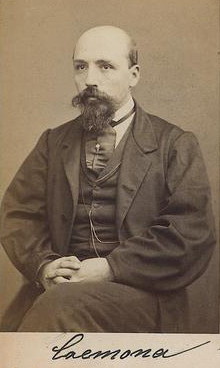
Antonio Luigi Gaudenzio Giuseppe Cremona was an Italian mathematician. His life was devoted to the study of geometry and reforming advanced mathematical teaching in Italy. He worked on algebraic curves and algebraic surfaces, particularly through his paper Introduzione ad una teoria geometrica delle curve piane, and was a founder of the Italian school of algebraic geometry.

Corrado Segre was an Italian mathematician who is remembered today as a major contributor to the early development of algebraic geometry.
Mario Pieri was an Italian mathematician who is known for his work on foundations of geometry.

Giovanni Giorgi was an Italian physicist and electrical engineer who proposed the Giorgi system of measurement, the precursor to the International System of Units (SI).

Beniamino Segre was an Italian mathematician who is remembered today as a major contributor to algebraic geometry and one of the founders of finite geometry.

Enzo Martinelli was an Italian mathematician, working in the theory of functions of several complex variables: he is best known for his work on the theory of integral representations for holomorphic functions of several variables, notably for discovering the Bochner–Martinelli formula in 1938, and for his work in the theory of multi-dimensional residues.

Giovanni Battista Rizza is an Italian mathematician, working in the fields of complex analysis of several variables and in differential geometry: he is known for his contribution to hypercomplex analysis, notably for extending Cauchy's integral theorem and Cauchy's integral formula to complex functions of a hypercomplex variable, the theory of pluriharmonic functions and for the introduction of the now called Rizza manifolds.
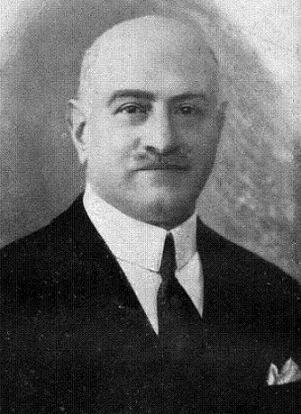
Gustavo Sannia was an Italian mathematician working in differential geometry, projective geometry, and summation of series. He was the son of Achille Sannia, mathematician and senator of the Kingdom of Italy.

Ettore Bortolotti was an Italian mathematician.
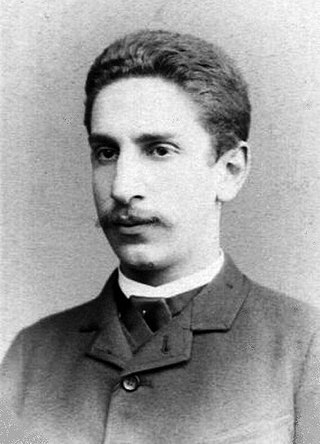
Gino Benedetto Loria was a Jewish-Italian mathematician and historian of mathematics.
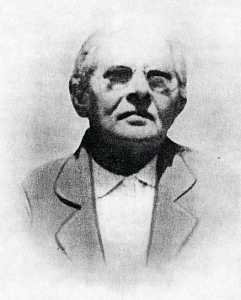
Pia Maria Nalli was an Italian mathematician known for her work on the summability of Fourier series, on Morera's theorem for analytic functions of several variables and for finding the solution to the Fredholm integral equation of the third kind for the first time. Her research interests ranged from algebraic geometry to functional analysis and tensor analysis; she was a speaker at the 1928 International Congress of Mathematicians.
Federico Amodeo was an Italian mathematician, specializing in projective geometry, and a historian of mathematics.

Enrico Bompiani was an Italian mathematician, specializing in differential geometry.

Domenico Cocoli (1747–1812) was an Italian mathematician and physicist, especially active on hydraulics. He was a top physicist of the late Republic of Venice, then of the Napoleonic Italian Republic.

Onorato Nicoletti was an Italian mathematician.
Marino Pannelli was an Italian mathematician, specializing in algebraic geometry.
Giulio Pittarelli was an Italian mathematician, specializing in descriptive geometry and algebraic geometry.

Giuseppina Masotti Biggiogero was an Italian mathematician and historian. Known for her work in algebraic geometry, she also wrote noted histories of mathematicians, like Maria Gaetana Agnesi and Luca Pacioli. She was a member of the Lombard Institute Academy of Science and Letters and won both the Bordoni Prize and Torelli Prize for her work.